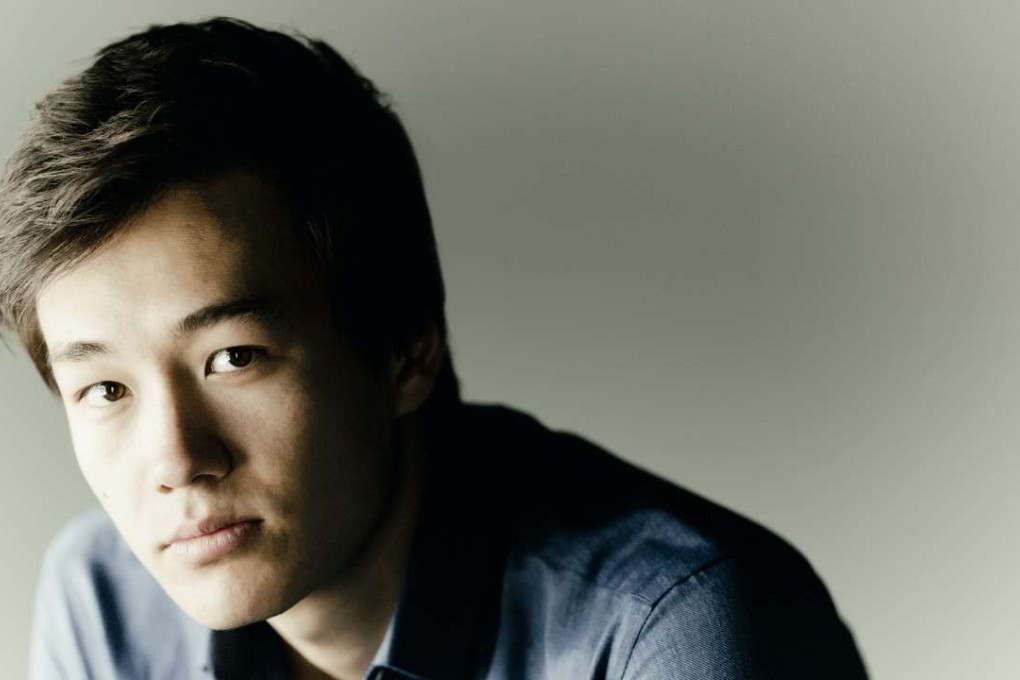Review: Louis Schwizgebel - virtuoso pianist cloaks his playing in modesty
Swiss-Chinese soloist, making his Hong Kong debut, played Liszt with virtuosity and grace and Haydn with sensitivity, but his handling of a Schubert sonata lacked drama or contrast

Swiss-Chinese pianist Louis Schwizgebel, in his Hong Kong recital debut, proved to be a virtuoso with a vein of modesty. He slipped into the skin of the composers and brought their music to life from within.
This approach is ideal for the music of Haydn. The composer’s piano sonatas are not showstoppers, but his Sonata in C Major, the last he composed, is particularly imaginative. It was dedicated to a woman pianist, like many of Mozart’s piano pieces.
The first movement is built on a light, bouncy motto which pops up in many guises like an actor changing costumes, and Schwizgebel made the connections easy to follow. But Haydn can be dark and moody as well as crisp and clever, and in those passages Schwizgebel’s sensitive phrasing cast a spell. He kept the momentum spinning even in the spare-textured Adagio section. The final movement, with a theme like bubbling laughter, was full of phrases jokingly left hanging and gently jarring “wrong notes” played with pinpoint comic timing.
Franz Liszt’s arrangements of Schubert songs, embellished as if with a dollop of whipped cream, require playing with both virtuosity and taste, and Schwizgebel brought the lyrical vocal line forward while dexterously managing the background accompaniment and fancy flourishes. The beloved Ständchen ‘Horch! Horch! Die Lerch’ was played with delightful, light-fingered grace. The final chord, for instance, was just a flicker of lingering sound – anything heavy or literal would have ruined the effect. The renditions of Auf dem Wasser zu Singen and Du Bist die Ruh were equally apt.

Erlkönig was astounding. The original song has three characters: a little boy and his father on horseback and the evil Erl-King. Here Schwizgebel’s quick reflexes were practically superpowered, the repeated octaves depicting the galloping horse almost too fast to hear individually but seemingly effortless. The climax when the Erlkönig attacked and killed the boy was piercing.